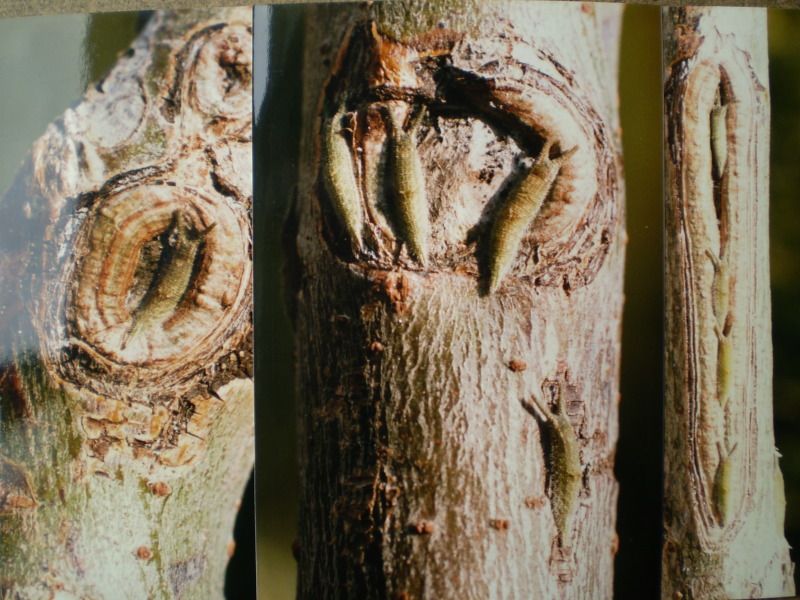Venus low in the early morning south eastern sky ( ca. 4-5 a.m. ) in Gloucestershire has been spectacular over the past few nights. One or two other bright "stars/planets" nearby enhancing the scene. Never seen Venus so large and bright to the naked eye. Rarely seen such clear cloudless skies for many years either followed by lots of bright Autumn sunshine. A bonus which enabled me to get stuck into a few of the family's cars and get them ready for their annual MoT test. Three of the four passed. My trusty Rover 620ti needing a new rubber boot to replace the split one on the N/S/F CV-Joint. A job I completed today a will book a free re-test tomorrow. Had car for over ten years and it's unusual to need something done for the MoT. I usually keep an eye on these car things but missed that split rubber CV-J rubber boot.
On the garden butterfly visitor front, only seen a male Large White and a female Small White obviously searching for something to lay her ova on in my garden.They enjoyed the warm sunshine. They and the Green Veined Whites lay their several ova on some very, very small cress like plants in my garden. So small I wonder if there's sufficient foliage to feed even one larva. I still find their pupae about the place including both Speckled Woods and Orange Tip pupae in the garden. I once found a freshly emerged female Small Copper Expanding her wings on my garage wall. I wonder what that larva fed up on in my garden. In my own little few acres of Nature Reserve ten miles away, this time of year I've seen females laying on a very small stunted plant of Sheeps' Sorrel. Ignoring the larger more healthier looking plants nearby.
Not too keen on this time of year once the Clocks go back one hour. Gets late far too early ...
























































